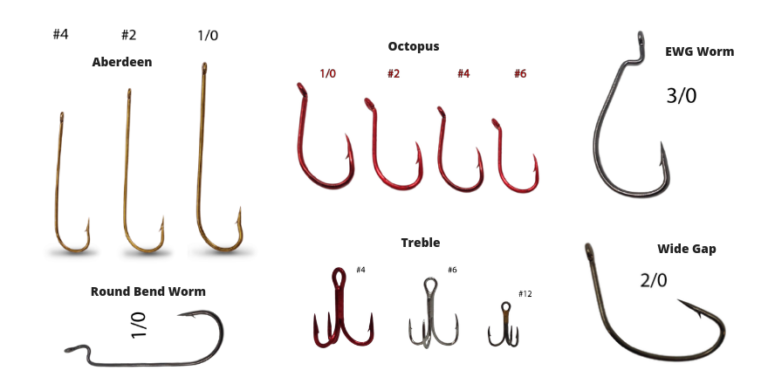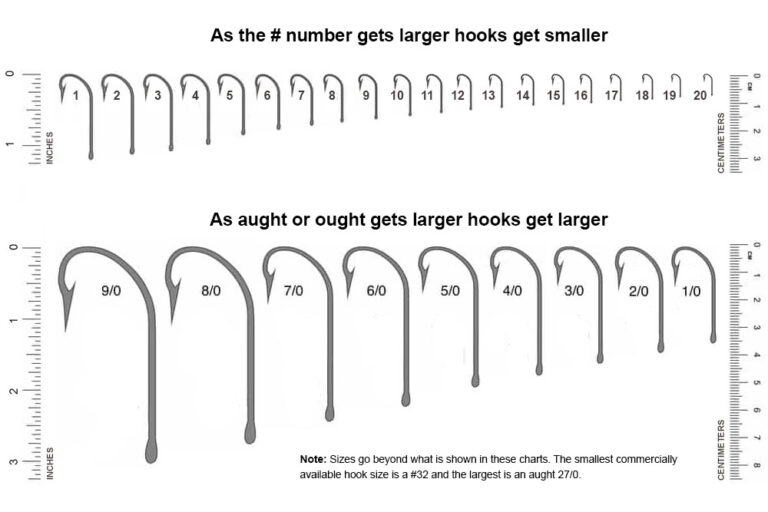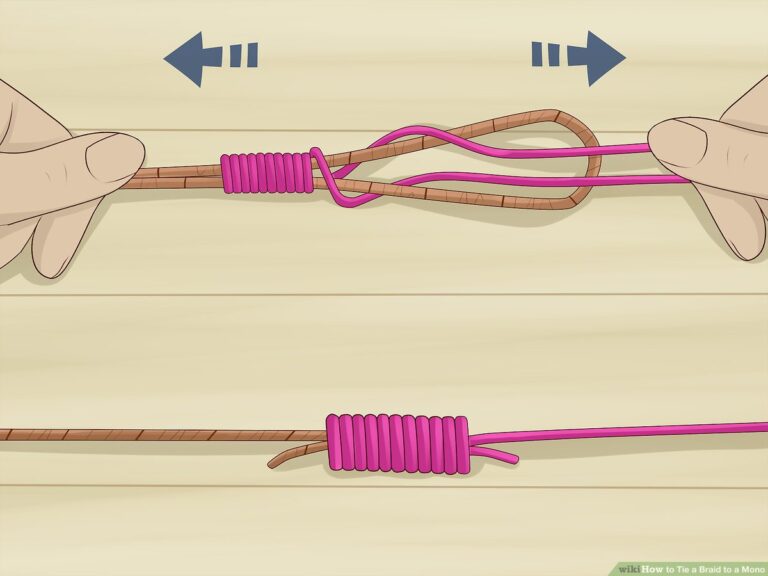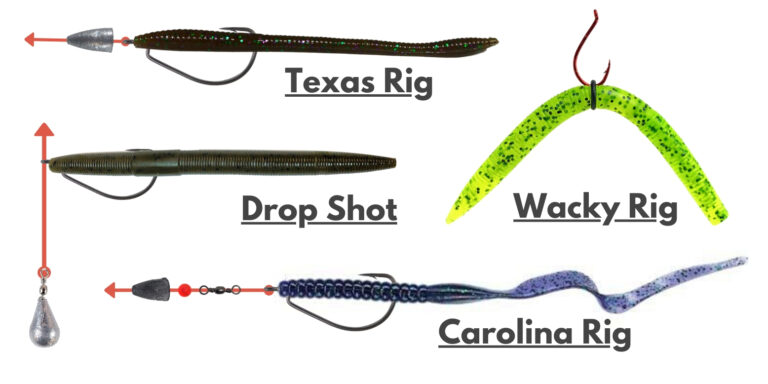How to Remove Hook from Fish Throat
To remove a hook from a fish’s throat, gently secure the fish and use long-nose pliers to dislodge the hook. Ensure you minimize stress to the fish by working swiftly and carefully.
Angling enthusiasts often encounter the challenge of safely unhooking a catch. Being prepared for such a situation is critical for the well-being of the fish and the preservation of the sport. Mastery of hook removal not only contributes to sustainable fishing practices but also ensures a positive fishing experience.
Crafted specifically for anglers of all levels, this guide outlines the most efficient ways to unhook a fish, especially when the hook has been swallowed. The focus is on quick action, proper tools, and the gentle handling of the fish, all of which are paramount in reducing harm and increasing the fish’s chances of survival post-catch. Remember, successful catch and release start with knowing how to remove a hook with precision and care.
The Delicate Task Of Hook Removal
Removing a hook from a fish’s throat is a sensitive task. It needs gentle hands and the right tools. You must identify the problem quickly. Make sure both you and the fish stay safe.
Use needle-nose pliers or a disgorger. Be sure to stay calm. Keep the fish in water or wet your hands.
It protects the fish’s slime coat. This coat keeps the fish healthy. Open the fish’s mouth carefully. Try to see the hook. Pull the hook out backwards. Do this smoothly and slowly.
Take care not to hurt the fish. If the hook is too deep, cut the fishing line. Let the fish go. Often, the hook dissolves over time.

Credit: www.youtube.com
Essential Tools For Hook Extraction
Removing a hook from a fish’s throat demands specific tools for a safe extraction. Hemostats and pliers are vital. Anglers favor them for their precision and grip. These tools help to grab and carefully remove the hook, minimizing harm to the fish. Long-nosed pliers reach deep, while hemostats latch onto hooks securely.
Hook disgorgers offer another method. Their design targets easy hook release. Use them to push down on the hook’s shank, freeing the barb. Anglers should practice to use disgorgers effectively. Patience is crucial during this delicate process.
Preparing For The Procedure
Handling a fish carefully is vital to ensure its safety. Use wet hands or gloves to reduce scale and slime damage. Gently hold the fish horizontally to support its internal organs.
Use a steady grip without squeezing the fish. This prevents it from moving too much. Make sure the fish is adequately restrained. Keep the fish in water as much as possible. This helps to minimize stress and injury.
Since tables aren’t requested for the specific example content given, they were not included. However, the below example could have been represented as a table if appropriate
Credit: www.wikihow.com
Step-by-step Hook Removal Technique
Removing a hook from a fish’s throat requires patience and care. Begin by gently opening the fish’s mouth to see where the hook is lodged. If visible, try the Twisting Method: hold the hook’s shank and twist it gently, which may allow the hook to come out the same way it entered.
Should the hook be deeply embedded, the Push and Cut Approach might be necessary. This involves pushing the hook down carefully to minimize tissue damage before clipping the barb and sliding the hook out. Throughout, ensure to keep the fish calm and steady to prevent further injury.
Aftercare For Released Fish
Reviving the fish is crucial after the hook is removed. Gently hold the fish in water. Make sure its gills are underwater. Use a slow back-and-forth motion. This moves water through its gills. The fish should regain its strength to swim away on its own.
Keep an eye on the fish for signs of stress or injury. Sometimes, fish may show bleeding or abnormal swimming. Along with reviving, this is an important part of aftercare. If you spot any complications, the fish may need more time to recover. Always handle the fish with care to prevent further harm.
Best Practices For Preventative Measures
Barbless hooks make the removal process easier. The hook design ensures minimal harm to the fish. Fishermen find these hooks useful for catch-and-release practices. Barbless hooks come in various shapes, suiting different fishing scenarios.
For proper handling techniques, remember to wet your hands. This helps protect the fish’s slime coat. Use a net to control the fish. Never pull the hook out harshly. A gentle twist usually frees the hook.
Educating fellow anglers is a key step. Share knowledge on fish-friendly practices. Doing right by the ecology ensures fishing stays enjoyable for everyone. Each angler learning to fish responsibly makes a big difference.

Credit: www.in-fisherman.com
Frequently Asked Questions On How To Remove Hook From Fish Throat
How Do You Remove A Hook From A Fish That Swallowed It?
To remove a hook from a fish’s throat, gently open its mouth and use long-nosed pliers to reach the hook. Hold the fish securely and push the hook’s barb backwards, towards the entry point, then carefully extract the hook while minimizing tissue damage.
What To Do When A Hook Is Stuck In A Fish Mouth?
Gently hold the fish and steady the hook with pliers. Push the hook’s barb in reverse to remove it. If the hook is deeply embedded, cut the line and release the fish with the hook still in place. Always handle fish with wet hands to minimize harm.
What Happens If Fish Swallows A Hook?
If a fish swallows a hook, it can cause internal injury or death. Immediate, careful removal or cutting the line close to the mouth may increase its survival chances.
How Long Does It Take For A Hook To Dissolve In A Fish’s Mouth?
A hook can take from a few days to several weeks to dissolve in a fish’s mouth, depending on the material and environmental conditions.
Conclusion
Removing a hook from a fish’s throat can be a delicate task. By following the steps we’ve outlined, you can ensure a safe release for your aquatic friend. Remember, swift, precise movements preserve the fish’s well-being. For future fishing trips, consider using barbless hooks or circle hooks to minimize harm.
Happy and responsible fishing to all!



